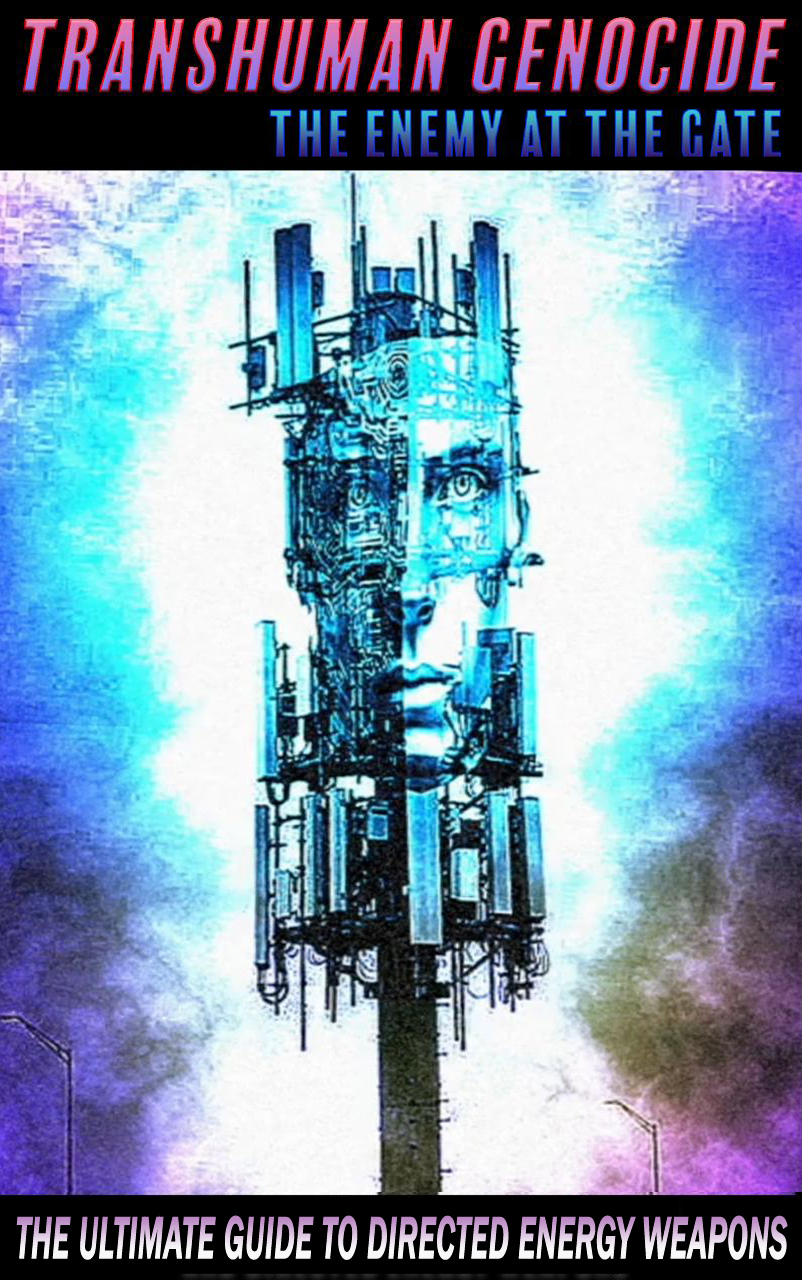Chinese scientists have achieved a significant milestone in directed-energy weapon technology by testing a high-power microwave gun capable of firing over 10,000 shots without performance degradation. The breakthrough is attributed to a unique vacuum encapsulation system that eliminates the need for bulky external vacuum pumps, marking a pivotal advancement in the global race for directed-energy weapon supremacy.

In late 2024, the U.S. Navy tested its HELIOS weapon system against a threat-representative cruise missile on USS Preble to inform other directed energy efforts. This test, part of broader Navy laser weapons development, signifies a strategic move towards enhancing military capabilities and maintaining national security.
The World Economic Forum outlines the top energy technology trends of 2025, emphasizing the importance of clean energy investments, decarbonization efforts, and the role of AI in energy consumption growth. While seemingly focused on sustainable energy transitions, these trends also hint at broader implications for global power dynamics and technological supremacy.
Advancements in Directed Energy Weapons (DEWs) have revolutionized contemporary warfare, enhancing precision and flexibility in military operations. Technologies like high-energy lasers, particle beam weapons, and high-powered microwave systems are reshaping military forces, hinting at a shift towards a new era of warfare characterized by advanced weaponry and strategic dominance.
The history, development, and ethical implications of energy weapons highlight a dual narrative – one of military advancement and potential civilian applications. While energy weapons promise increased precision and reduced logistical needs, concerns regarding accountability and governance loom large, signaling a potential shift in power dynamics and ethical considerations on the horizon.
The intent behind the rapid development and deployment of directed-energy weapons by global powers like China and the U.S. Navy is clear – to establish technological superiority and strategic dominance in an evolving landscape of warfare and global power dynamics. This pursuit of advanced weaponry not only impacts military strategies but also shapes the balance of power on a global scale, raising questions about the motives and consequences of such advancements.
Looking ahead, the trajectory of directed-energy weapon development signals a shift towards a new era of warfare, where technological advancements wield immense power and influence. The convergence of AI, energy technology, and military applications foreshadows a future where control, surveillance, and strategic dominance are intricately linked, posing profound challenges to global security and stability. As we navigate this complex landscape, understanding the implications of these advancements is crucial in shaping a future that prioritizes ethical considerations, accountability, and global harmony.

